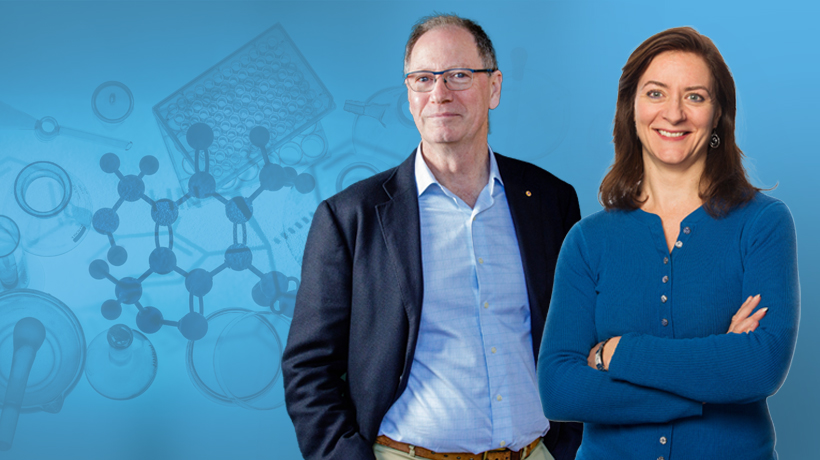
Pledges start at $1,000 a year to support a study for three years.
Science is a long game and with the generous support of those signed up to The Kids’ Cancer Project Power Pledge we are getting closer to discovering kinder more effective treatments for children diagnosed with cancer.
By donating $1,000 or more each year for three years, these donors are enabling us to power ahead and achieve our collective vision of one hundred per cent survival of all children with cancer sooner.
The Wainwright Study
Professor Brandon Wainwright continues his ground-breaking work in the area of paediatric brain cancer research.
His discoveries in the lab are already helping a small group of patients world-wide and will lead to a new Australian clinical trial for kids with medulloblastoma.
Read more: Behind the science | Professor Brandon Wainwright
But work is still to be done. Before this project can get to the bedside Professor Wainwright’s team must prove in the laboratory that CDKi, the drug his team discovered, combines well with standard therapy.
Since The Kids’ Cancer Project funding commenced, Brandon and his team have worked with tumours from a number of patients and have treated them in preclinical models with CDKi for over 60 consecutive days.
“In most cases we observed remarkable response with the tumours shrinking to the point where they cannot be detected,” said Brandon. “However, when we stop the CDKi treatment the tumours return over the next two months.”
Based on those results, at the end of 2019, Professor Wainwright moved to a combination trial using current standard chemotherapy.
“Cohorts of tumours were established, and we are now monitoring for tumour growth,” he said. “Additionally, we have collected a number of samples from investigators world-wide to test for markers of CDKi resistance.”
“This is an important part of the study that The Kids’ Cancer Project donors have been supporting and will directly inform patient selection for clinical trial,” said Brandon.
More recently, with funding from The Kids’ Cancer Project Power Pledge, Brandon and his team have been able to trial CDKi with radiation therapy.
“The standard therapy of most children with medulloblastoma is surgery followed by radiation therapy followed by chemotherapy,” he said. “We have now combined CDKi with targeted radiotherapy in preclinical models and the results show a very significant increase in survival compared to CDKi or radiation therapy on their own.”
“This is a very positive finding and we are expanding this trial to include more models so that we can prove that we observe a robust response that will benefit many patients not just a few,” he said.
The Henderson Study
Dr Michelle Henderson is excited about the potential of her work to help children diagnosed with aggressive subtypes of leukaemia.
Through her laboratory work and collaboration with colleagues internationally, the team have discovered and developed OT-82, a new drug that has remarkably strong anti-leukaemia activity, even against the most aggressive subtypes of leukaemia.
Read more: Behind the science | Dr Michelle Henderson
Before it can be safely tested as a viable therapeutic strategy for aggressive leukaemia in children, testing including trialling different dosage amounts must take place in adults, and this is happening now.
“We have eight sites now open in the USA and are about to open up sites in Russia,” said Michelle. “The dose-finding part of US trial is progressing well, and we are looking to recruit six patients at the current dose and then that will be followed by expansion to additional adult patients.”
While patient recruitment has been slower than expected due to COVID-19 and all the associated restrictions of the pandemic, the team have started planning for the paediatric trial in the background.
“Planning for the paediatric trial needs to start early as there is a rigorous and robust process we must follow,” Michelle said. “In the coming weeks we will be hosting a trial-focused meeting between researchers, paediatric oncologists and OncoTartis, a private biotechnology company.”
And although experimentation has been somewhat limited this year, Michelle said that the team have continued to investigate the molecular determinants (or “biomarkers”) that could indicate which patients might respond better to OT-82 than others, in preparation for eventual paediatric trial recruitment.
“One important next step is to test newly discovered candidate biomarkers using our laboratory models,” she said.
“We are also expanding the testing of OT-82 in combination with other standard treatments for blood cancers as this will be an important aspect of paediatric clinical trial design,” said Michelle.
“The Kids’ Cancer Project Power Pledges have been vital throughout all these stages of the study as we gain a broader perspective of OT-82’s utility across different leukaemia types in order to guide patient recruitment into the planned trials,” she said.
“We are so grateful for the donors who have made a promise of continued funding: it means we can not only build on previous research discoveries but tackle more ambitious projects that could enable even bigger breakthroughs.”
